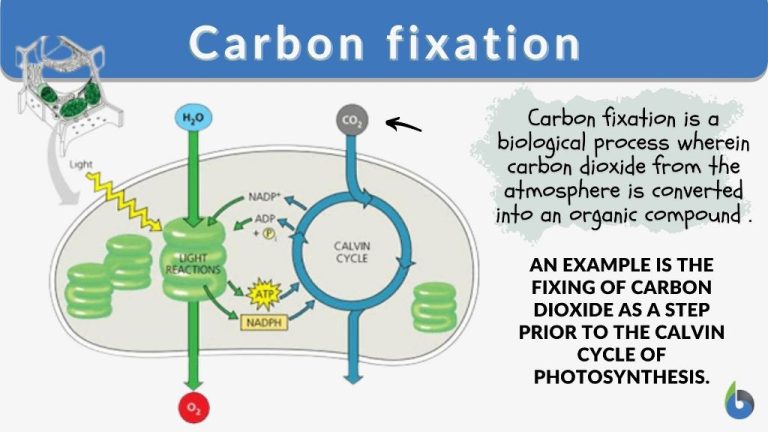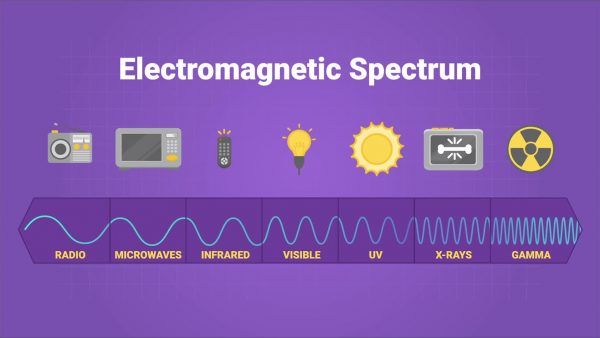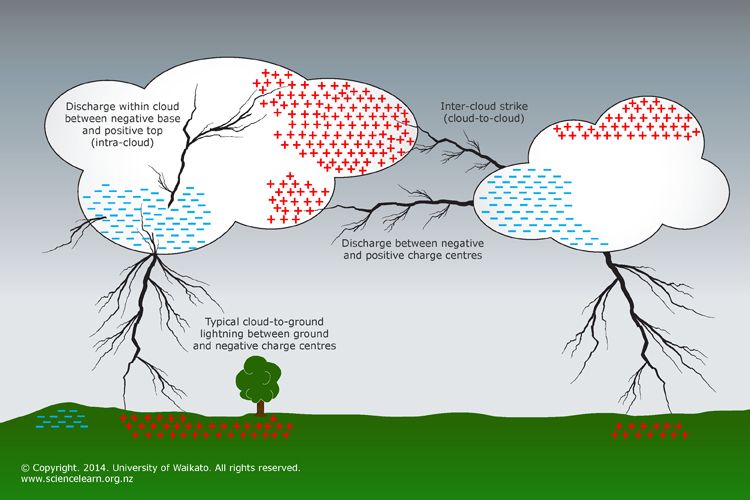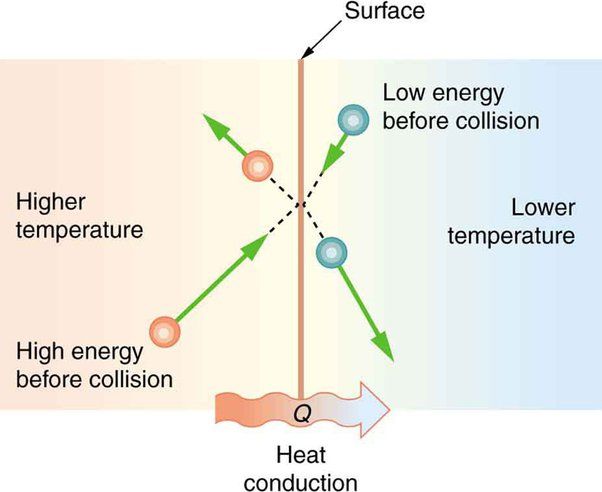What Is The Base Unit For Power?
Power is the rate at which energy is transferred or converted. Having a standard base unit for power allows us to measure and compare power across different systems and contexts. Before the watt, there was no unified base unit for power, which made calculations inconsistent and prone to errors. The development of the watt as the base SI unit has enabled precise and standardized power measurements in electrical engineering, mechanics, and other fields.
Defining a base unit for power was an important step in creating a coherent system of measurement. The standardization of the watt has facilitated global communication in science and technology, allowing for accurate comparisons and measurements. As power calculations are essential in many areas from engines to electricity, having a consistent base unit is crucial for precision and safety.
History of the Watt
The watt is named after Scottish inventor James Watt (1736-1819). Watt did not actually invent the steam engine, but he made critical improvements to its design in the late 18th century. At the time, steam engines were very inefficient and were primarily used for pumping water out of mines.
Watt introduced a separate condenser for the steam engine that improved its efficiency dramatically. This enabled steam engines to become practical as a power source for many industrial applications, driving the Industrial Revolution in Britain. Watt’s improvements transformed the steam engine into a major advance in technology.
The watt unit was named after James Watt to honor his work on improving the steam engine. His last name was chosen because his improvements directly related to measuring the power of steam engines. The watt became the standard unit for power in 1882.
What is a Watt?
A watt is the standard base unit used to measure power in the International System of Units (SI). It quantifies the rate of energy transfer or the rate at which work is done. A watt is defined as one joule of energy transferred per second. For example, a 100-watt light bulb uses 100 joules of electrical energy every second to produce light and heat. The watt was named after Scottish engineer James Watt, who helped refine the steam engine in the late 18th century.
The watt is useful for measuring power consumption of electrical devices, engines, and other systems. For instance, a laptop’s power adapter may be labeled as 65 watts. This means it can deliver up to 65 joules of energy per second. The more watts a device consumes, the more power it uses. Watts are commonly used to rate the electrical power draw of appliances, machinery, and electronics.
While watts measure instantaneous power, kilowatt-hours (kWh) measure energy consumption over time. For example, a 60-watt light bulb left on for one hour consumes 0.06 kWh of energy. Utilities use kilowatt-hours for billing, as the electric meter tracks cumulative energy usage.
Origins of the Watt
The watt unit was named after James Watt, an 18th century Scottish inventor and mechanical engineer. Watt did not invent the watt, but made major improvements to the steam engine that was fundamental to the Industrial Revolution. Watt’s work helped popularize the use of steam power and improved engine efficiency dramatically. The watt unit was introduced in 1882 to honor Watt’s contributions. The name was proposed by Siemens, an electrical and electronics company, for a CGS unit of power based on units of mass, length and time. The watt became part of the International System of Units (SI) established in 1960. The SI defined the watt as 1 joule per second, establishing it as the standard international base unit of power. Before the watt, horsepower was commonly used to measure power. The adoption of the watt helped standardize power measurement across industries and countries.
Uses of the Watt
Watts are used to measure the power of a wide range of electrical and mechanical devices. Some key applications of watts include:
- Measuring light bulb brightness – The watt rating on a light bulb indicates how much power it draws to produce light.
- Rating appliances – Common household appliances like refrigerators, microwaves, and hairdryers display their power consumption in watts.
- Electricity billing – Electricity usage on your home or business is often measured in kilowatt-hours (kWh), based on watts.
- Audio equipment – The output power of amplifiers, speakers and other audio gear is measured in watts.
- Motors and engines – The mechanical power of motors and engines is rated in watts or kilowatts.
- Solar panels – The output of solar photovoltaic panels is measured in watts.
- Batteries – Battery capacity is sometimes measured in watt-hours, based on how many watts it can deliver over time.
Watts provide a standard way to compare the power consumption or output of a wide variety of electrical and mechanical devices.
Watt Conversions
Watts provide a standard way to measure power, but other units are used as well. Here are some key conversions between watts and other power units:
Watts to Horsepower
1 watt is equal to 0.00134 horsepower. To convert watts to horsepower, multiply the watts by 0.00134. For example, a 500 watt motor is equal to 0.67 horsepower (500 x 0.00134 = 0.67 HP).
Horsepower to Watts
To convert horsepower to watts, divide the horsepower by 0.00134. For example, a 5 horsepower motor is equal to 3728 watts (5 / 0.00134 = 3728 Watts).
Watts to BTUs per hour
1 watt is approximately equal to 3.412 BTUs per hour. To convert watts to BTUs/hour, multiply the watts by 3.412. A 1500 watt heater would produce around 5118 BTUs per hour (1500 x 3.412 = 5118 BTUs/hr).
BTUs per hour to Watts
To convert BTUs/hour to watts, divide the BTUs/hour by 3.412. A 10,000 BTU/hour air conditioner would use around 2931 watts (10,000 / 3.412 = 2931 Watts).
Measuring Watts
There are a few key instruments used to measure watts in electrical systems:
- Wattmeter – This is the most common and direct way to measure watts. Wattmeters are inserted in-line in a circuit and measure current and voltage to directly calculate power in watts according to Watt’s Law (P=IV). They can measure both AC and DC power.
- Clamp meter – Clamp meters attach around a current-carrying conductor to measure current flow. When combined with a voltage measurement, they can calculate power in watts.
- Power analyzer – More advanced power analyzers log power measurements over time to assess consumption patterns and losses. They often include additional measurements like power factor.
- Electricity meter – Standard electricity meters on homes measure accumulated energy usage over time in kilowatt-hours, which can be used to calculate average power draw in watts.
Wattmeters are most commonly used by electrical engineers, electricians, and researchers to directly quantify and monitor power consumption of systems and devices.
Watt Limitations
While watts are the standard base unit of power, they do have some limitations in certain contexts:
For very large amounts of power like those used by utility companies, megawatts (MW) or gigawatts (GW) are more practical units.
For small electronic devices, milliwatts (mW) or microwatts (μW) may be more appropriate.
Watts alone do not indicate electrical energy usage over time. For that, watt-hours are used instead.
Since watts are power, they do not convey information about voltage or current individually. Additional calculations are needed if those values are required.
Watts are useful for electrical power, but other units like horsepower are still used for mechanical power.
Watts only describe the rate of energy transfer and not the total energy content. For example, a battery with 100 watt-hours holds more total energy than a 50 watt-hour battery even though their power delivery in watts may be the same.
In some scientific contexts, watts may not fully capture subtle energy conversions and interactions, so more complex formulations are required.
For the average consumer, watts alone may not provide an intuitive sense of expected device performance or electricity usage.
In summary, while watts are the standard base unit of power, they have limitations depending on the context. Other units or additional calculations may be needed for very large or small amounts of power, for energy content over time, or for nuanced scientific analysis.
The Watt and SI Units
The watt is part of the International System of Units (SI), which is the modern form of the metric system. The watt measures power, while other SI base units include:
- The meter for distance
- The kilogram for mass
- The second for time
- The kelvin for temperature
- The ampere for electric current
- The candela for luminous intensity
- The mole for the amount of substance
So the watt unit relates to other SI base units in that it measures a distinct physical quantity, just like the other units. The watt specifically measures power, which is defined as energy per unit time. So power is directly related to units of energy (like the joule) and time (like the second).
The Future of the Watt
The watt is unlikely to undergo any major changes or developments in the near future. As an SI derived unit, it is standardized and widely adopted around the world. However, there are some trends that may impact watts in the coming years:
Renewable Energy – With the growth of renewable energy like solar and wind, energy may increasingly be measured in kilowatt-hours instead of watts. This reflects energy generated or consumed over time rather than instantaneous power.
Electric Vehicles – Electric vehicles are measured in watt-hours/kilometers indicating the energy efficiency. EVs may drive more use cases focused on watt-hours.
LED Lighting – The energy efficiency of LED lights is measured in lumens/watt. As LED adoption grows, lighting may be benchmarked by efficiency rather than just watts.
Smart Devices – With the Internet of Things, more devices will interconnect. Optimizing wattage across systems vs individual devices may become more important.
Overall, the watt is likely to remain the standard unit of power. But new technologies and use cases may drive some shifts in how watts are applied and conceptualized.







